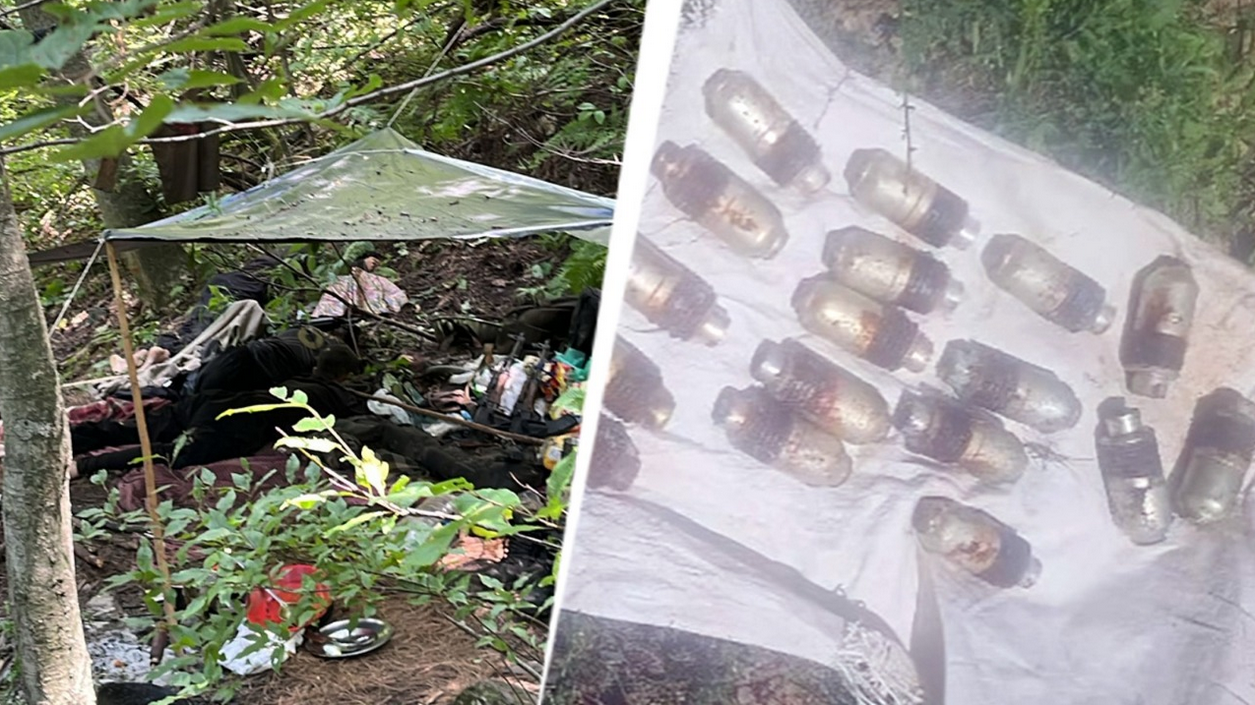Operation Mahadev: Mission to Eliminate the Pahalgam Mastermind
On April 22, 2025, 26 civilians were brutally killed in a terrorist strike at Baisaran Meadow near Pahalgam, known as “mini Switzerland”. Victims were separated and shot based on religion, inciting national outrage. The Resistance Front (a Lashkar-e-Taiba proxy) claimed responsibility. In retaliation, India launched Operation Sindoor—targeting terror camps inside Pakistan and Pakistan-Occupied Kashmir, striking over 100 militants

Operation Mahadev Launched
Operation Mahadev was initiated on July 28, 2025, by the Indian Army’s Chinar Corps, working alongside 24 Rashtriya Rifles, 4 Para (SF), CRPF, and J&K Police near Harwan, in the Lidwas–Dachigam forest belt, targeting the terror cell behind the Pahalgam atrocity.
The term “Mahadev” was used due to the operation’s powerful location between Zabarwan and Mahadev ridges within Dachigam National Park.
Intelligence Breakthrough: Tracking the Mastermind
Intelligence agencies intercepted satellite-linked Ultra Set communications—encrypted devices linked to Pakistan Army control stations. This alerted forces to the presence of high-profile militants in the area. Simultaneously, local nomads reported unusual activity in the forest, corroborating technical signals. Over a 14-day surveillance period, security teams narrowed down a three-member terror squad operating in the region
Target Profile: Suleiman Shah aka Hashim Musa
- Suleiman Shah, also known as Hashim Musa, was a former Pakistani Army Para commando turned top Lashkar-e-Taiba operative. He led the April 2025 Pahalgam massacre and is linked to previous attacks in Baramulla and the Z-Morh tunnel bombing, which killed workers in October 2024.
- Declared a ₹20 lakh bounty, he was the highest-value terrorist still at large.
- According to security briefs, ISI had orchestrated the attack, importing Pakistani terrorists to maintain secrecy and avoid leaks from local involvement.

The Encounter: How the Operation Unfolded
On July 28 around 11:30 AM, a commandos team located the suspects resting in a trench hideout beneath a plastic sheet. The terrorists, believing themselves safe, were caught entirely off guard. Indian forces acted swiftly with drone-feed guidance, eliminating all three within 45 minutes.
Weapons seized included:
- M4 carbine
- Two AK‑47 rifles
- Seventeen rifle grenades
A recovered Ultra Set communications device helped confirm their Pakistan Army affiliation
Confirmation & Political Response
In a Lok Sabha address, Union Home Minister Amit Shah confirmed the identities of the slain terrorists: Suleman (Faizal), Afghan, and Jibran—all classified as A-category LeT operatives. Over 1,055 individuals were interrogated by investigators, including locals and witnesses, to produce composite sketches matching discovered bodies. FSL ballistics matched rifles used in the Pahalgam massacre to weapons recovered during the encounter.
Emotional Impact: Victims Speak
Families of the slain civilians expressed relief. Vikas Kumrawat lost his brother in the April attack and called the operation a milestone. Another victim’s widow emphasized that while solace came with the takedown, grief remained fresh. Victim families called for a broader investigation into all terror networks.

Broader Ramifications: Strategic & Symbolic Gains
- This marks a major achievement in India’s tactical operations and intelligence warfare—evidence of resolute follow-up even after diplomatic escalation via Operation Sindoor.
- Signals to Pakistan and global terrorism networks that Indian agencies can dismantle elite commando-linked terror cells.
- Reinforces India’s assertion that ISI-backed terror modules like TRF and LeT remain targets, and justice can be achieved even months after an attack.
Timeline Summary
| Date | Event |
|---|---|
| Apr 22, 2025 | Pahalgam terror attack kills 26 civilians in Baisaran Valley |
| May 2025 | India strikes terror camps in Operation Sindoor |
| July 2025 | Surveillance yields intercepted Ultra Set devices and local nomad intel |
| Jul 28, 2025 | Operation Mahadev launches; three terrorists neutralised near Harwan |
| Jul 29, 2025 | Amit Shah confirms terrorists’ identities; nation-wide parliamentary responses |
Why Operation Mahadev Matters
- Justice Delivered: The mastermind behind one of Kashmir’s worst terror attacks is finally gone.
- Operational Excellence: Combines traditional human intelligence with high-tech surveillance.
- Political Assurance: Adds strength to India’s counter-terror posture in Parliament during national security debates.
- Zero Tolerance Message: Affirms that cross-border terrorism will meet irreversible consequences.
Final Takeaway
Operation Mahadev represents a watershed moment in India’s counter-terror strategy: blending advanced surveillance, human intelligence, and tactical precision. This mission not only neutralised key actors behind the Pahalgam massacre but also reaffirmed the state’s resolve to pursue justice—even days after the larger diplomatic tensions ignited by Operation Sindoor.
By reclaiming security control in the Dachigam forest, Indian forces have delivered both tactical impact and symbolic closure to one of the most horrific terror attacks in recent memory.
Get Our Weekly Security Brief
Sign up for our newsletter to receive hand-curated intelligence, geopolitical updates, and in-depth defense reports.